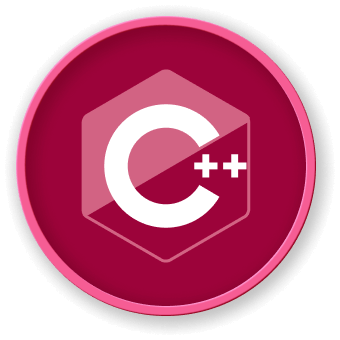Input handling is a critical aspect of secure programming. Improper input management can lead to various security vulnerabilities, including:
- Buffer overflows
- Code injection
- Data corruption
- Unauthorized system access
#include <string>
#include <algorithm>
#include <regex>
std::string sanitizeInput(const std::string& input) {
// Remove potentially dangerous characters
std::string sanitized = input;
// Remove non-printable characters
sanitized.erase(
std::remove_if(sanitized.begin(), sanitized.end(),
[](char c) { return !std::isprint(c); }
),
sanitized.end()
);
// Remove potential script tags
sanitized = std::regex_replace(sanitized,
std::regex("<script.*?>.*?</script>",
std::regex::icase), "");
return sanitized;
}
#include <limits>
#include <stdexcept>
int safeStringToInt(const std::string& input) {
try {
// Convert string to long to handle larger ranges
long long value = std::stoll(input);
// Check if value is within integer range
if (value > std::numeric_limits<int>::max() ||
value < std::numeric_limits<int>::min()) {
throw std::out_of_range("Value out of integer range");
}
return static_cast<int>(value);
}
catch (const std::invalid_argument& e) {
throw std::invalid_argument("Invalid numeric input");
}
catch (const std::out_of_range& e) {
throw std::out_of_range("Numeric input out of range");
}
}
| Strategy |
Purpose |
Key Considerations |
| Sanitization |
Remove harmful content |
Prevent injection attacks |
| Validation |
Ensure input meets criteria |
Maintain data integrity |
| Normalization |
Standardize input format |
Consistent data processing |
graph TD
A[Raw User Input] --> B[Sanitization]
B --> C{Validation Check}
C -->|Valid| D[Normalize Input]
C -->|Invalid| E[Reject Input]
D --> F[Process Input]
E --> G[Request Reentry]
Buffer Overflow Prevention
#include <vector>
#include <string>
class SecureInputBuffer {
private:
std::vector<char> buffer;
size_t maxSize;
public:
SecureInputBuffer(size_t size = 1024) : maxSize(size) {
buffer.reserve(maxSize);
}
bool addInput(const std::string& input) {
if (input.length() + buffer.size() > maxSize) {
return false; // Prevent buffer overflow
}
buffer.insert(
buffer.end(),
input.begin(),
input.end()
);
return true;
}
};
Best Practices in LabEx Environment
- Always validate and sanitize user inputs
- Use strong type checking
- Implement comprehensive error handling
- Limit input buffer sizes
- Use standard library functions for input processing
Security Considerations
Secure input handling requires:
- Constant vigilance
- Regular security audits
- Up-to-date validation techniques
- Understanding of potential attack vectors
By implementing these techniques, developers can significantly enhance the security of their C++ applications, protecting against common input-related vulnerabilities.




